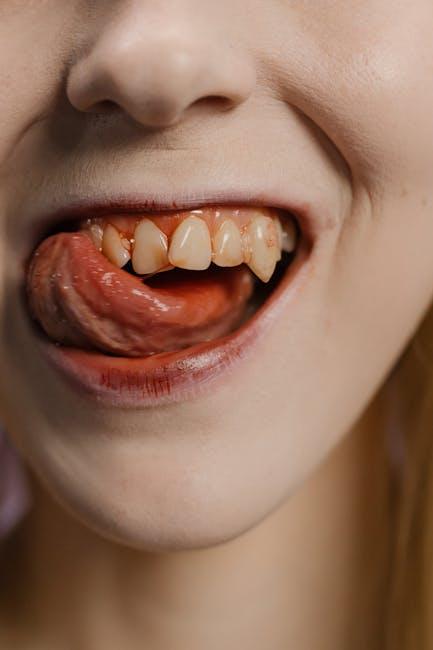
Does Medicaid Cover Dental? Orthodontics, Common Procedures & State Coverage
One of the most common questions among Medicaid beneficiaries is: Does Medicaid cover dental care? The answer isn’t simple, as Medicaid dental coverage varies widely depending on your state of residence and whether you’re an adult or child. In this article, we break down how Medicaid covers dental services, including orthodontic treatments, common procedures, and the differences in state coverage. By the end, you’ll have a complete understanding of what to expect from Medicaid dental benefits and practical tips to maximize your dental health care.
Understanding Medicaid Dental Coverage
Medicaid is a state and federally funded program designed to assist low-income individuals and families in accessing health care services. While Medicaid covers a range of medical services, dental coverage is somewhat unique because it is not mandated uniformly for adults, although children under the age of 21 have federally required dental benefits.
Dental Coverage for Children vs. Adults
- Children: Essential Health Benefit—Medicaid is federally required to provide dental coverage to children under 21 through the Early and Periodic Screening, Diagnostic, and Treatment (EPSDT) benefit. This means comprehensive preventive and corrective dental services must be available.
- Adults: Dental benefits for adults are not federally mandated, and coverage varies by state. Some states offer extensive dental programs that include preventive, restorative, and even dental surgeries and orthodontics, while others offer minimal or no dental benefits.
Does Medicaid Cover Orthodontics?
Orthodontics, such as braces or other teeth-straightening treatments, are typically considered a cosmetic procedure and thus are often restricted in Medicaid coverage. However, there are exceptions:
- For children under 21, orthodontic treatment may be covered if deemed medically necessary—for example, severe cleft palate, jaw misalignment, or other craniofacial conditions.
- For adults, Medicaid rarely covers orthodontic services unless your state includes orthodontics in its adult dental benefits or you have a qualifying medical condition.
It is important to verify the specific orthodontic coverage rules in your state Medicaid plan if this treatment is something you or your child requires.
Common Dental Procedures Covered by Medicaid
Dental coverage under Medicaid generally includes a mix of:
- Preventive services: Cleanings, fluoride treatments, sealants, routine exams
- Diagnostic services: X-rays, oral health evaluations
- Basic restorative procedures: Fillings, simple extractions
- Major restorative services (varies by state): Root canals, crowns, dentures
- Emergency dental care: Often covered, especially when related to pain or infections
For adults, coverage tends to be limited mostly to preventive and emergency care, while children often have access to full dental care as mandated.
State-by-State Medicaid Dental Coverage Overview
Since Medicaid programs are state-administered, dental benefits can look very different depending on where you live. To provide clarity, here’s a simplified comparison of dental coverage for adults across states.
| State | Adult Preventive Coverage | Adult Restorative Coverage | Adult Orthodontics |
|---|---|---|---|
| California | Yes | Limited | No |
| Texas | No | No | No |
| New York | Yes | Yes | Medically necessary only |
| Florida | Limited | Limited | No |
| Ohio | Yes | Yes | No |
Note: This table is a general guide; specific coverage details and limitations can vary widely. Always verify with your state Medicaid office or official resources.
Benefits of Medicaid Dental Coverage
Access to dental care via Medicaid offers many advantages, especially for low-income families and individuals who might otherwise forgo necessary dental treatments due to cost.
- Early intervention: Routine dental care can prevent more serious oral health issues.
- Improved overall health: Poor dental health is linked to other conditions like heart disease and diabetes.
- Financial protection: Significant savings on costly dental procedures, such as implants or root canals.
- Children’s developmental health: Ensures children receive proper dental care, including orthodontics when medically required for development.
Practical Tips for Maximizing Medicaid Dental Coverage
- Verify your state benefits: Contact your state Medicaid office or check their website for detailed coverage info.
- Use in-network providers: Look for Medicaid-accepting dentists in your area to avoid surprise costs.
- Stay on schedule: Don’t skip routine exams or cleanings — preventive care is often fully covered.
- Document medical necessity: For orthodontics or specialized dental treatments, ensure proper documentation from dentists or doctors to increase coverage chances.
- Appeal denied claims: If a dental service is denied, don’t hesitate to appeal or get a second opinion.
First-Hand Experience: Medicaid Dental Success Stories
Many Medicaid beneficiaries report positive outcomes when accessing dental care under Medicaid—especially for their children. One mother from Ohio shared how Medicaid covered her child’s braces completely due to a severe overbite, drastically improving their confidence and oral health without financial burden. Another beneficiary in California was able to get urgent root canal treatment after a painful dental infection, which Medicaid covered as an emergency service.
These stories highlight the importance of staying informed and actively engaging with your Medicaid plan to get the full dental benefits you rightly deserve.
Conclusion
Does Medicaid cover dental? Yes—but how much and what kind of dental services are covered depends largely on your age and the state in which you live. Children under 21 have federally guaranteed access to comprehensive dental care, including necessary orthodontics, while adult dental benefits vary from state to state. Understanding the scope of your state Medicaid dental coverage can help you access vital preventive services, restorative procedures, and sometimes orthodontics. Remember to verify your state’s plan, utilize Medicaid-approved providers, and don’t hesitate to ask questions or file appeals to maximize your dental benefits.
For more detailed and updated information, visit your state Medicaid website or consult HealthInsurance.org for resources and guides about Medicaid and dental coverage.


